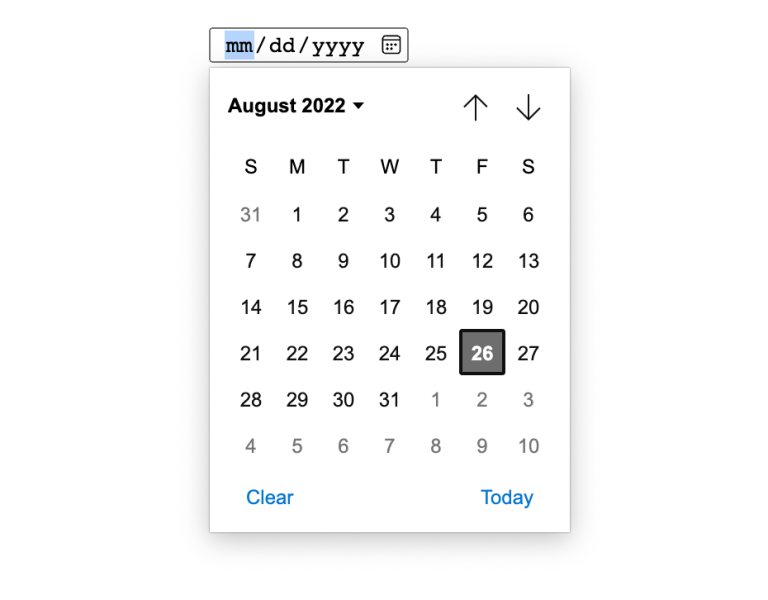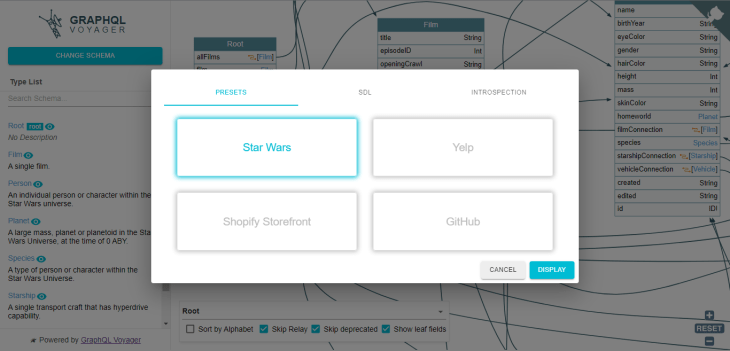
Over the last decade, retail banking has undergone a paradigm shift. Although technology is in use for a long in this industry to facilitate easy transactions through ATMs, credit cards, debit cards, etc., the pace of adoption has multiplied in recent years. Technology is prevalent in every banking transaction undertaken. Increased digital footprint, cheap internet bandwidth, availability of smartphones, and tech-savvy millennials have made significant contributions in creating the much-required foundation for unparalleled innovation and transformation in traditional banking.
Also Read: 5 Compelling Reasons To Choose Digital Lending Platforms Over Conventional Lenders
This wave of change was initiated by what we have known as “FinTech” companies who provide similar services as traditional bankers but in a smart and customized way. The buzzing term “FinTech” originates from the combination of two English words – Financial and Technology. These companies are increasingly setting their footholds in the financial sector and have caused a shift from the orthodox way of banking. The general public, Micro, Small, and Medium Enterprises (MSMEs), and corporates are increasingly using their technology-driven products and have experienced ease in their daily banking transactions. Simultaneously, the government has continuously promoted and developed digital infrastructure, which has attracted consumers to adapt to digital transactions.
Evaluating the disruptive potential of FinTech for MSMEs
Table of Contents
As it is evident today, FinTech companies have created alternatives for the products offered by traditional lenders. Be it account creation, payments, wealth management, investment, or personal and business loans, and these companies have established their position in every segment of the market. These FinTech companies have paved the way for ‘Digital Lending Platforms’ with a technology-oriented method for loan disbursement. These platforms are a boon for the MSME sector which faces challenges in getting MSME loans from traditional banks. Regarded as a highly vibrant and dynamic sector, the MSMEs contribute significantly to the nation’s socio-economic development. This sector has immense employment generation capacity with lower operating costs, and it also helps in the industrialization of rural areas, thereby blurring regional disparities.
Also Read: Become A Digital Business-The Way Forward For Retailers In 2019 & Beyond
Despite the underlying potential and benefits of the sector, it faces several challenges that hinder its growth. These problems majorly include – lack of modern technologies, Low production capacity, lack of skilled labor, competition from MNCs, and Lack of credit from banks. Banks are hesitant in sanctioning loans to MSMEs because of the unavailability of reliable credit history, risky or new ventures, lack of proper collateral, etc. This lack of easy access to credit hinders the growth of MSMEs, which ultimately hampers the development of the Indian economy.
MSMEs need platforms that listen to them, address their issues, make things easier for them and add value to their business. In this regard, a Digital lending platform can resolve their pain-points and provide them with timely credit. Digital lending platforms are considered another disruptive innovation in the banking sector, which offers simple, less expensive, and easily accessible services.
Also Read: 5 Smart Ways To Increase Revenue And Grow Your Clothing & Fashion Business
What is driving this trend towards Digital Lending Platforms?
India’s credit lending infrastructure is now shifting towards digitization, and with the availability of affordable internet, there’s no going back. Further, conventional lending has several pain points due to which MSMEs seek alternative modes of lending. With the help of technology, digital lending platforms address several challenges, such as –
- Long processing time
- Lack of transparency not needed
- Inadequate loan amount
- Inflexible loan tenure
- High-interest rate
- Collateral and documentation requirements
Digital lenders have a shorter loan turnaround time of around a few hours or a day or two. Manual form filling is replaced with digital data capture and e-signature, making the process efficient for both lenders and borrowers. With digitally available data, lenders get a better insight into borrowers’ creditworthiness and borrowing history, reducing misrepresentations on the borrower’s part. While traditional lenders are in the early stages of rolling out consumer-oriented solutions, digital lenders have always stayed ahead of the curve by providing customised solutions with 24/7 access. With digital lending operation efficiency has also increased as the business can save on infra and human resources cost.
Also Read: Why Digital Lending Score More Over Traditional Money Lending?
Another hurdle in traditional banking is regulation from the central bank. To avoid the risk of bank failure, banks are subject to several regulatory provisions such as – restrictions on a new entry, restrictions on interest rates, restriction on the portfolio of assets banks can hold, capital-adequacy requirements, reserve requirements, etc. These restrictions make the lending by banks less flexible and more costly. Digital Lending platforms are not under the Central Bank’s strict purview, which helps them save regulatory costs and offer cheaper and better financial services with their terms and conditions.
Governments push to Digital Infrastructure.
Governments promote the growth and development of MSMEs by nurturing existing enterprises and encouraging new ones. Several schemes, such as Credit Linked Capital Subsidy for Technology Upgradation, Revamped Scheme of Fund for Regeneration of Traditional Industries, Domestic Market Promotion Scheme, etc., have been launched to foster this sector.
The government has taken several steps to encourage the digitization of transactions with Digital India, Adhaar card, GST, UPI, etc. These are considered transformational in shifting the Indian economy from a cash-strapped based to a digital one and compelled MSMEs to digitize.
Also Read: Evolution of SME Lending In India
Conclusion
The financial technology innovation of digital lending has caused ripples all over the banking sector. The use of Artificial Intelligence, Machine Learning, and Big Data are leveraged like never before. Modern, digitised, and simple steps are given more importance, and established lending enterprises are forced to transform or suffer the consequences of falling customer base and lost business opportunities.
With various initiatives such as “Digital India” and “Atmanirbhar Bharat”, India’s Government has been promoting entrepreneurship rigorously. As a result of this, India has witnessed many small but innovative startups that need capital to grow. Digital lending platforms can play a significant role in nurturing this ecosystem and bridge the gap with innovative, simpler, and accessible credit products.





